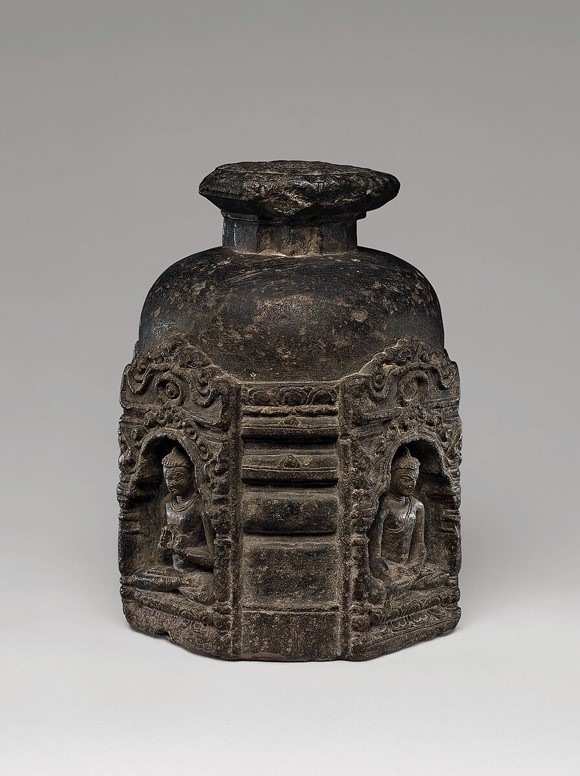Free Courses Sale ends Soon, Get It Now


Free Courses Sale ends Soon, Get It Now



Disclaimer: Copyright infringement not intended.
Context: Patna circle of the Archeological Survey of India (ASI) has discovered two 1200-year-old miniature votive stupas during landscaping activities near Sarai Tila mound on the premises of 'Nalanda Mahavihara', a world heritage site in Nalanda district.
Details:
Background:
Votive Stupa:
© 2024 iasgyan. All right reserved